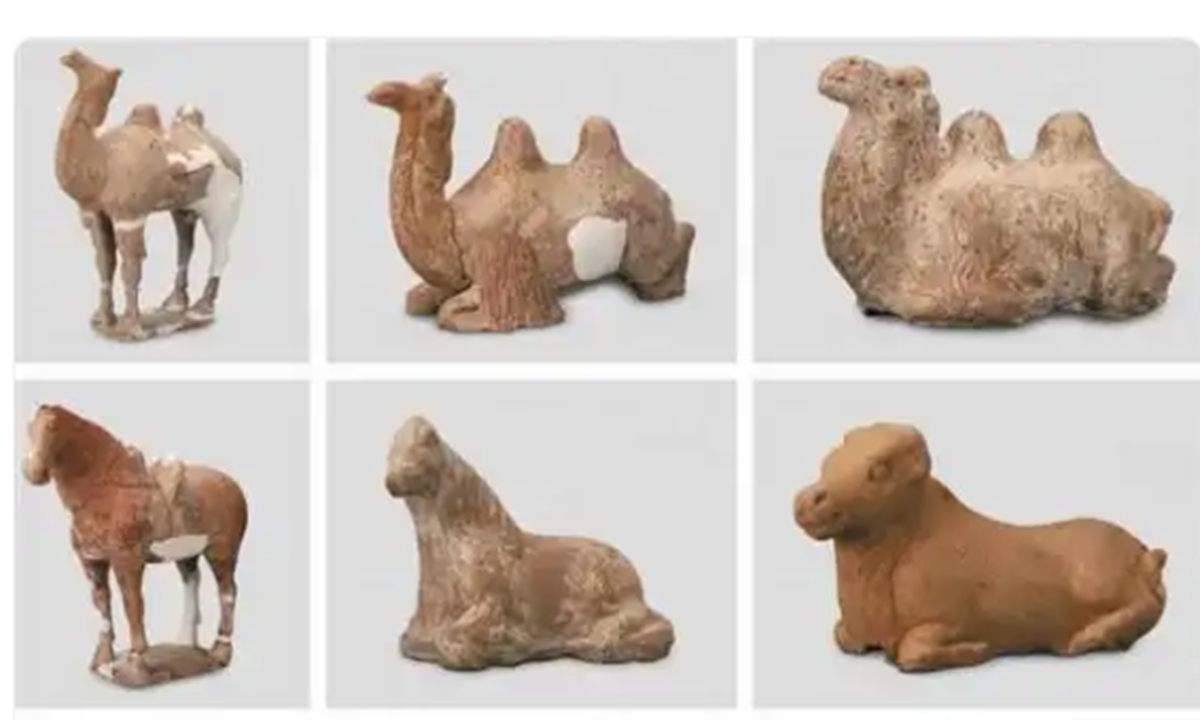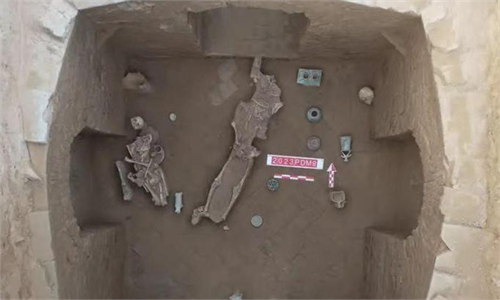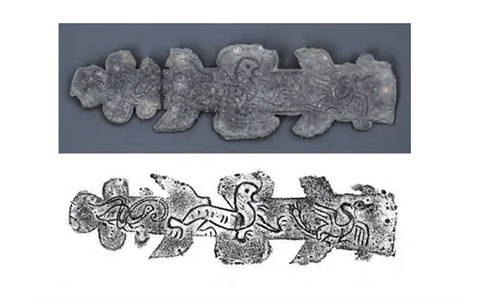ARTS / CULTURE & LEISURE
Tang Dynasty tomb of hostage Silla prince unearthed in Xi’an, Shaanxi Province

Photo: Shaanxi Academy of Archaeology
Chinese archaeologists have discovered the tomb of Kim Young, a hostage prince from the ancient kingdom of Silla, in Xi'an, Northwest China's Shaanxi Province. This is the first Tang Dynasty (618-907) Silla royal tomb unearthed through formal archaeological excavation. The epitaph found within the tomb provides detailed records of the prince's life, shedding new light on the Tang Dynasty's hostage system and its diplomatic relations with Silla, which was located on the Korean Peninsula, the China News Service reported on Tuesday.The Shaanxi Academy of Archaeology confirmed to the Global Times that the tomb is located about two kilometers north of the site of the ancient Tang capital of Chang'an. Despite signs of looting, the tomb yielded a significant number of burial items. Most notably, the discovery of the epitaph confirmed the identity of the tomb's occupant.
The tomb is a single-chamber earthen cave structure with a long sloped passage and a skylight shaft. The layout is knife-shaped, with the entrance facing south. The original entrance had been destroyed, and the tomb now lies about 4.5 meters below the ground. Extending 10.4 meters north to south and 4 meters deep, the tomb is composed of a passage, corridor, skylight shaft, tunnel, and burial chamber.
A total of 83 burial items were unearthed, including pottery figurines and animals, a pagoda-shaped vessel, copper coins, and the epitaph. Among the 22 pottery figurines were heavenly kings, tomb guardians, horse handlers, busts, and zodiac animals, all made of molded red clay. The 58 clay animal figures depict camels, horses, cattle, sheep, pigs, dogs, and chickens. The other items included a pagoda-shaped jar, a pair of Kaiyuan Tongbao coins, and a stone epitaph.
The epitaph, made of bluestone, consists of a square cover and base. The domed cover is adorned with incised cloud and floral motifs, with peonies carved on all four corners. At the center, an inscription in seal script reads: "Epitaph of the Late Lord Kim of the Great Tang." The main epitaph block features an incised grid containing 557 Chinese characters written in regular script.
According to the inscription, Kim Young was a Silla prince who served as a political hostage, or zhizi, in Tang China. He was born in the sixth year of the Tianbao reign (747) and died in 794 at the age of 48 in the Taipingli guest residence in Chang'an.
According to historical records, three generations of his family served as hostages in the Tang Dynasty and were granted official posts. Kim Young himself twice accompanied Tang envoys on diplomatic missions to Silla and participated in ceremonial duties, including mourning and investiture missions. His funeral was organized by Tang officials, with the magistrate of Chang'an county overseeing the arrangements. Both his burial site and coffin were bestowed by imperial decree, demonstrating the Tang court's favor and respect for him.
Of particular note is the epitaph's reference to Kim's wife, a rare mention of marital ties involving Silla hostages. His wife was from the influential Wang clan of Taiyuan and the daughter of Wang Qianling, magistrate of Yanshi county. This suggests that hostage Silla princes stationed at the Tang court often married into elite Chinese families.
"The discovery of a Tang-era tomb of a Silla prince in Xi'an provides tangible evidence of the hostage system between the Tang Dynasty and its vassal states," Liu Zheng, a member of the Chinese Society of Cultural Relics, told the Global Times.
"It reflects how the Tang empire maintained suzerainty over Silla through diplomatic and cultural exchanges."
Kim Young's two diplomatic missions and his role as a tribal leader highlight how hostage princes acted as intermediaries in Tang foreign affairs. The epitaph also reveals how Silla royals adapted to Tang society, forging elite marital alliances while pursuing Confucian education.



